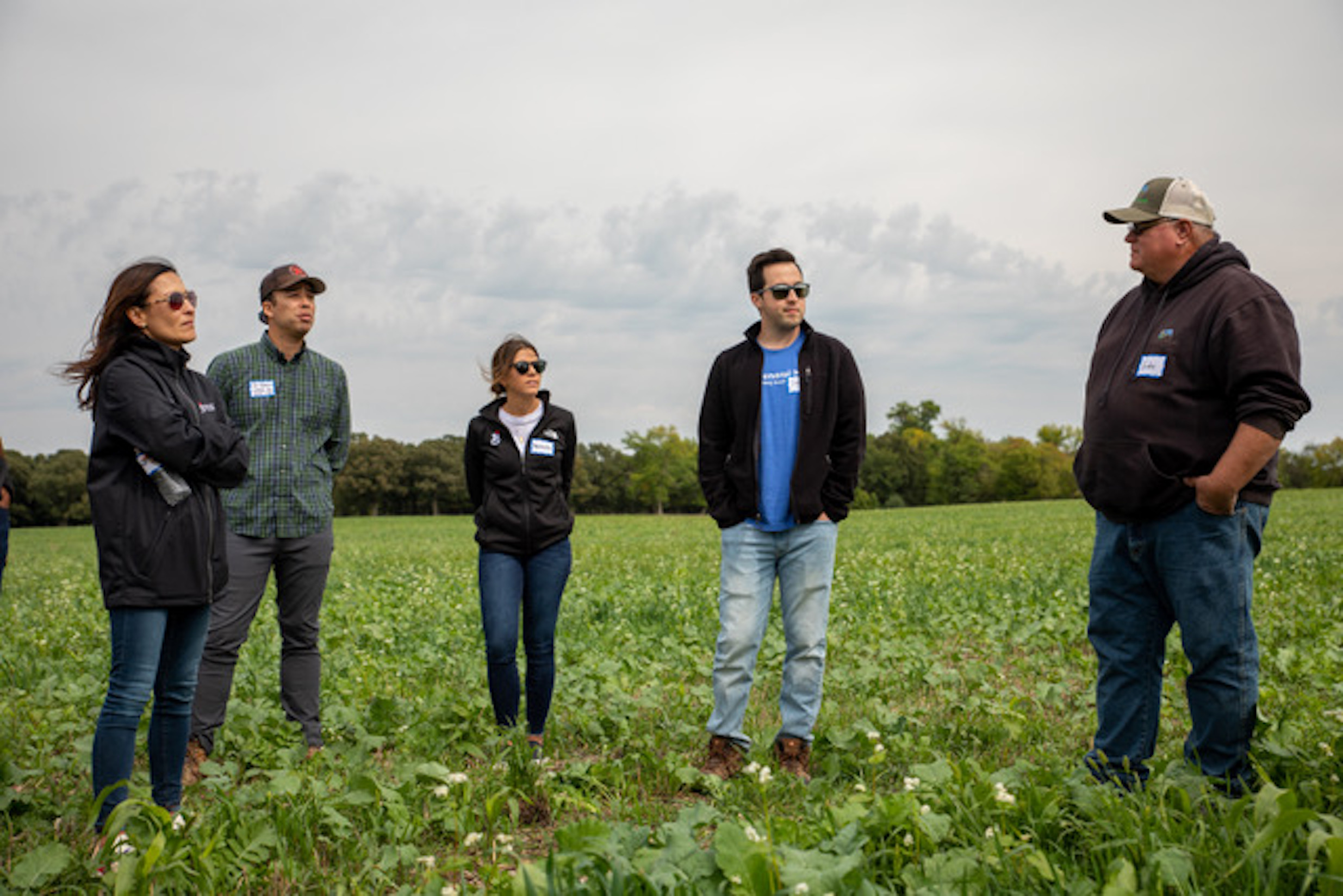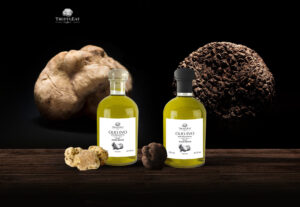This article originally appeared as part of our Food Weekly newsletter. Subscribe to get sustainability food news in your inbox every Thursday.
I recently wrote about the close linkage between the state of the world’s biodiversity and our food systems, pointing out that the food and agriculture industry has an enormous role to play in halting and reversing biodiversity loss. How can companies start doing that work?
At GreenBiz 23 in Scottsdale a few weeks ago, Mary Jane Melendez, chief sustainability and social impact officer at General Mills, joined me for a conversation about this topic. She shared valuable insights about integrating biodiversity conservation into the company’s sustainability work. Here are some of her key learnings.
1. Prioritize what’s material to your business
As a food company, General Mills’ success today and in the future is directly tied to the state of nature and particularly the health of ecosystems in its sourcing regions. Melendez shared that the company has already been observing the continued decline of ecosystems and more severe impacts of extreme weather events in key sourcing regions, putting the resilience of supply chains at risk.
Her work at General Mills ensures that other business function leaders understand this foundational dependency when setting goals and strategies. When colleagues talk to her about company goals, such as starting a pet segment in China or focusing on Diversity, Equity and Inclusion, Melendez reminds them of their dependency on nature. “First and foremost, we need to make sure that we can get oats for Cheerios and dairy for Häagen-Dazs ice cream,” she said. “Because if we don’t do job one first, good luck with any of your other goals or business growth or financial targets or hiring more people because that’s just not going to happen.”
For these conversations, it’s helpful that General Mills identified its most relevant social and environmental issues in materiality assessments that back up those talking points. Out of the top issues the assessments brought to light, all except for food safety were related to nature. The hard facts helped inform a clear issue prioritization that everyone across the company can get behind and focus on.
“Today, every leader at General Mills will say that our top three priorities are greenhouse gas reductions, regenerative agriculture and packaging,” Melendez shared. She views this prioritization and focus as critical ingredients for driving impact, especially in a world with myriad problems to be solved which could quickly become distractions.
2. Piggyback on your climate strategy
Talking about distractions: Maybe you’re worried that a new focus on nature will slow down critical progress on climate mitigation. But when digging into it, you might find the opposite true. Rather than adding another challenge to your to-do list, nature initiatives could emerge as solutions for your carbon problems.
Sometimes, you find that a more recyclable material like glass has a much higher greenhouse gas intensity. We’re wrestling with this right now.
That’s been Melendez’s experience. As General Mills deepened its regenerative agriculture work over the past years, exploring issues such as water retention and pollination on farms, the company has never had a nature goal contradict with a climate goal. Quite the opposite — the two issues complement each other.
So Melendez doesn’t have separate strategies for climate and nature, instead treating both as intimately interconnected challenges as well as business opportunities. This should be a cause for optimism regarding the food industry’s ability to combat nature loss, especially as different sustainability segments don’t always reinforce each other.
For example, Melendez is grappling with conflicting climate and circularity initiatives. “We have a goal to reduce our greenhouse gas emissions by 30 percent across our full value chain and to achieve net zero emissions by 2050,” she said. “We also have a goal to have all of our packaging be recyclable by 2030. Well, sometimes, you find that a more recyclable material like glass has a much higher greenhouse gas intensity. So we’re wrestling with this right now, trying to figure out what the trade-offs are.”
3. Make it everyone’s job
The third leverage point Melendez highlighted is integrating nature and climate goals across the company’s governance structures. Rather than doing all the work themselves, her team is trying to become less siloed, embedding sustainability initiatives into other business groups and supporting them as advisers and subject matter experts.
For example, on a leadership level, sustainability discussions don’t just come up around Earth Day and Climate Week but occur regularly in a CEO-led global impact governance council. And because most of the company’s emissions are in its supply chain, responsibility for carbon reduction will be owned by the sourcing unit.
Finally, Melendez shared that she’s personally working on dropping her “Minnesota modesty.” She wants to find more frequent opportunities to share impact achievements with General Mills’ employees and educate them on the role each person can play in future wins for nature conservation and carbon reduction.

